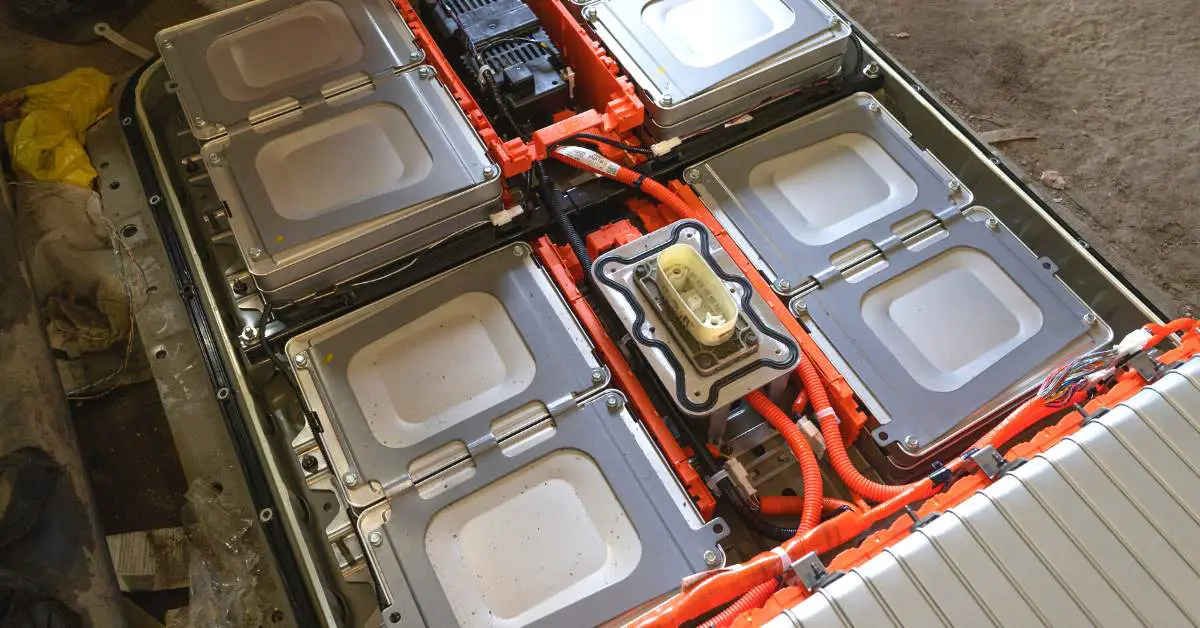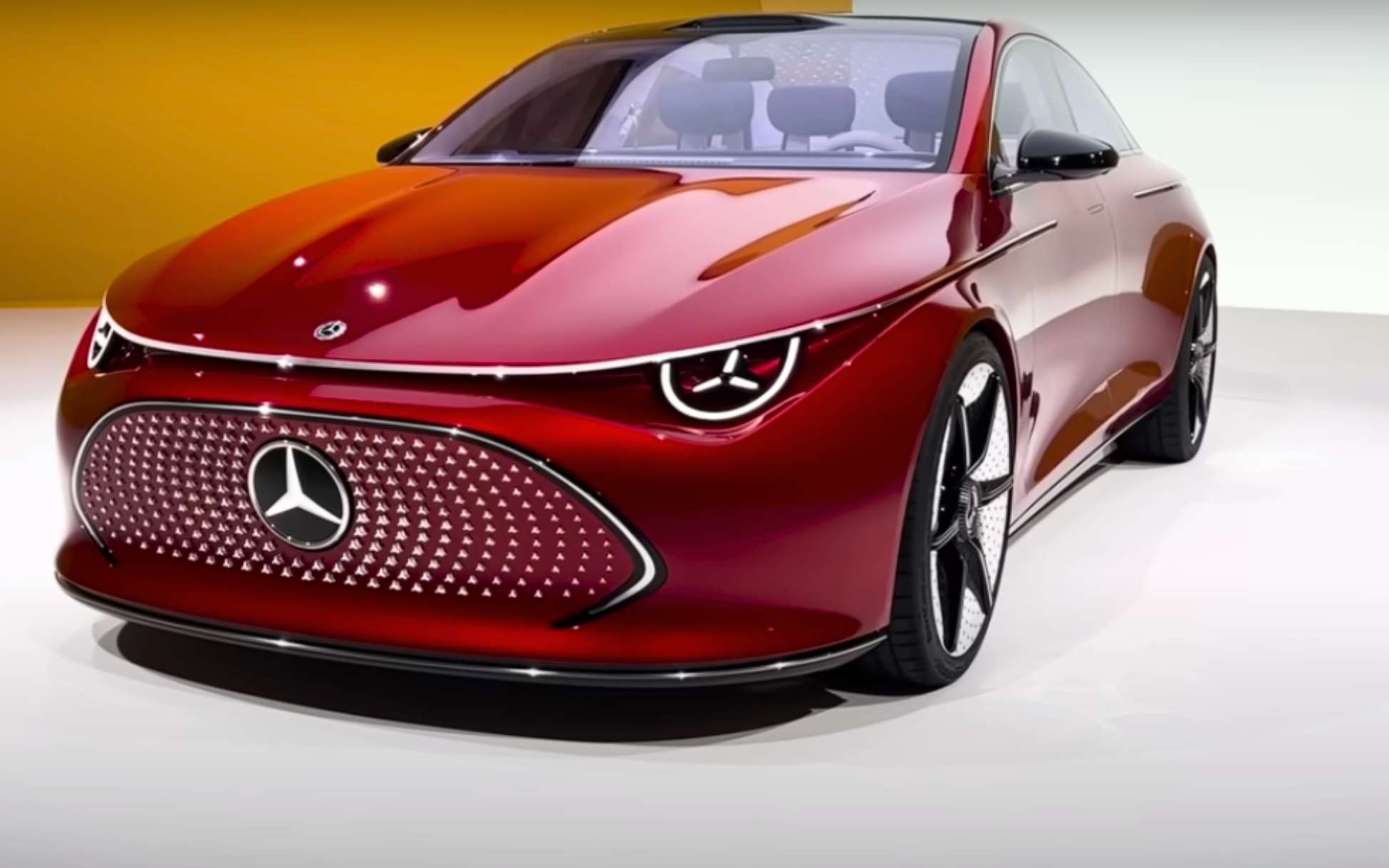Hey there, fellow car enthusiasts! Are you considering buying a Nissan Leaf but wondering if it has active battery cooling?
Well, let me tell you, this is a hot topic (pun intended) in the EV community and for a good reason. The battery is the heart and soul of an electric car. And keeping it at the right temperature is crucial for its lifespan and performance.
So, if you’re curious about whether the Nissan Leaf has a reliable battery cooling system or not, you’re in the right place. In this blog post, we’ll dive deep into the world of EV batteries, and explore the different types of cooling systems. And finally, answer the million-dollar question – Does the Nissan Leaf have active battery cooling? Trust me; you don’t want to miss this one!
So, does the Nissan Leaf have active battery cooling?
Let’s first understand what Nissan Leaf variants which are in the market that you can buy in 2023.
The Nissan Leaf has undergone several updates and revisions since it was first introduced in 2010. As of 2023, there are three main variants of the Nissan Leaf:
- Nissan Leaf (40 kWh): This is the base model of the Nissan Leaf, and it comes equipped with a 40 kWh battery pack that delivers up to 149 miles of range on a single charge. This model has a single electric motor that generates 147 horsepower and 236 lb-ft of torque.
- Nissan Leaf (62 kWh): The 62 kWh variant of the Nissan Leaf is a higher-end model that features a larger battery pack, delivering up to 226 miles of range on a single charge. This model also has a more powerful electric motor that generates 214 horsepower and 250 lb-ft of torque.
- Nissan Leaf e+: The Leaf e+ is the most advanced variant of the Nissan Leaf, featuring a 62 kWh battery pack that delivers up to 239 miles of range on a single charge. This model has the most powerful electric motor of the three, generating 214 horsepower and 250 lb-ft of torque. The Leaf e+ also has a faster charging capability, allowing it to charge up to 80% in just 45 minutes using a DC fast charger.
In addition to these three main variants, the Nissan Leaf has also been offered in several limited edition models over the years, including the Nissan Leaf NISMO RC and the Nissan Leaf Black Edition.
And, all Nissan Leaf variants use a passive air cooling system for batteries.
While Nissan Leaf has been praised for its reliability and features for the market price, it is also being criticized for not including an active liquid cooling system for batteries in second generation and advanced variants.
Let’s look at different battery cooling systems used in EVs.
Types of battery cooling systems in electric cars
Alright, let’s dive into the world of battery cooling systems in electric cars!
There are three main types of cooling systems for electric car batteries – passive, air, and liquid cooling.
Passive Air Cooling: This is the most basic method, where the battery relies on ambient air for cooling. It does not involve any external system for cooling. This is commonly used in low-power EVs but not suitable for high-performance electric cars, especially those that come with rapid charging.
Active Air cooling: Air cooling uses fans or vents to circulate air over the battery pack and cool it down. This method is more effective than passive cooling but less efficient than liquid cooling.
Active Liquid Cooling: Liquid cooling is the most efficient and effective method for battery cooling. It involves circulating a liquid coolant through channels in the battery pack to absorb heat and then dissipate it through a radiator. This method is commonly used in high-end electric cars like the Tesla Model S and the Porsche Taycan.
In terms of comparison, passive cooling is the least effective, while liquid cooling is the most efficient. Active air cooling falls somewhere in between but is still a significant improvement over passive cooling.
That’s why most EV enthusiasts expected Nissan would introduce an active liquid cooling system to their second generation of the Nissan Leaf to keep the battery at an optimal temperature, ensuring maximum performance and lifespan.
And, here’s one better solution for the Nissan Leaf’s only fault (as per some reviewers) which is thermal management of batteries.
Tips for maintenance and care of the Nissan Leaf battery
Here are recommended essential tips for any Nissan Leaf owner or prospective buyer on how to do maintenance and care for batteries.
By following these guidelines, you can help to ensure that your Leaf’s battery remains in optimal condition and delivers reliable performance for years to come.
- Check the battery level regularly and recharge when it gets low
- Use a compatible charger and avoid fast charging too frequently
- Keep the battery pack clean and free of debris
- Drive your Leaf regularly and avoid extended periods of inactivity
- Park your Leaf in a shaded area when possible to reduce heat exposure
- Avoid exposing the battery to extreme temperatures, especially high heat or freezing temperatures
- Don’t let the battery charge drop below 20% or overcharge above 80% if possible
- Consider using a battery maintenance charger if you plan to leave your Leaf unused for an extended period of time
By following these simple tips, you can help to prolong the lifespan of your Nissan Leaf battery and ensure reliable performance for years to come.
Conclusion
In conclusion, while the Nissan Leaf has received positive reviews for its reliability and affordability, the lack of an active liquid cooling system for its batteries has been a point of contention for some consumers.
However, it is important to note that though active liquid cooling has been used in some of the competing EVs in the market, Nissan claims that their active air cooling system is very much capable of managing the battery temperature.
Ultimately, the decision to include active cooling may depend on various factors, including cost, performance, and safety considerations. As the demand for electric vehicles continues to grow, it is likely that more research and development will be invested in finding the most effective and efficient cooling solutions for battery systems.
Nonetheless, it is important for consumers to consider their specific needs and preferences when choosing an electric vehicle.






Leave a Reply